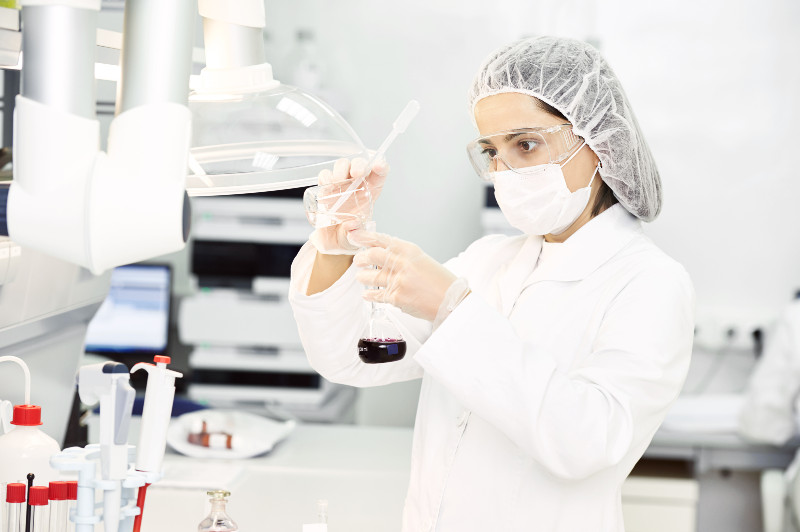The hybridoma cell culture technology has been around since 1975, and it was the biggest breakthrough in the biotechnology industry. This technology has been at the forefront of antibody production, but many people aren’t aware of this technology and its uses.
Understanding the Hybridoma Technology
The technology immortalizes the plasma cells that are extracted from the immunized hosts. It was first done by fusing the short-life plasma cells with cancer cells, which led to the combination of germ lines with unfused spleen cells, hybridomas, and cancer cells, but that required further selection.
The cancer cells don’t have the HGPRT enzyme, which is why it dies quickly. This is because the cancer cells only extract the fundamental nucleotides through the de novo biosynthesis process.
On the other hand, the plasma cells don’t have the same limitation, but they lose the ability to replicate after some generations. Having said that, only hybridoma cell culture contains the genetic machinery of both plasma cells and cancer cells, hence their ability to replicate and survive indefinitely.
Using Hybridoma Technology for Producing mAbs
mAbs are the monoclonal antibodies, and hybridoma technology helps generate the mAb, which is specific to the epitope of the focus antigen. In addition, this technology creates a complex and extensive recombination process, which helps combine the constant and variable domains to create high-affinity antibodies. Last but not least, hybridoma technology is less technically demanding and labor-intensive as compared to Vitro-based antibody generation.
Given this process and cell structure, hybridoma technology will remain relevant for the generation and discovery of antibodies.



